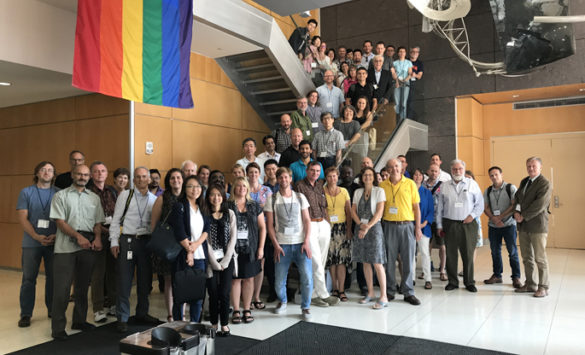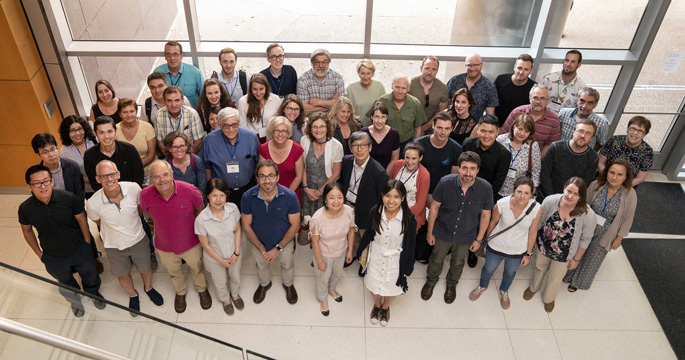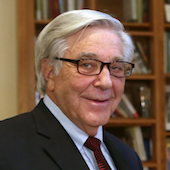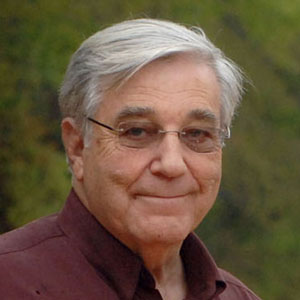

A workshop on the basement membrane hosted earlier this month by Vanderbilt University Medical Center attracted 75 top scientists from around the world and broke new ground in understanding molecules that make up this key biological structure.
Sponsored by the American Society of Matrix Biology and the Vanderbilt Center for Matrix Biology, the July 12-14 workshop included two sessions that described the binding properties of the fibrous protein laminin.
The presentations by Erhard Hohenester, Ph.D., of Imperial College London, and Kiyotoshi Sekiguchi, Ph.D., of Osaka University, “were some of the best scientific sessions I’ve ever been to on this particular topic,” said Vanderbilt’s Roy Zent, Ph.D., M.B.B.Ch., who co-chaired the meeting with Washington University’s Jeffrey Miner, Ph.D.
The basement membrane is a specialized form of extracellular matrix that fills the space between cells, and which binds cells together to fashion functional tissue. Defects in one of its building blocks, the laminins, can cause improper muscle formation, a lethal skin blistering disease and a kidney disorder.
Twenty of the attendees were from Vanderbilt University, which demonstrates the breadth and depth of the research being conducted through the Center for Matrix Biology, said Zent, the Thomas F. Frist Sr. Professor of Medicine.
In addition to Zent and Miner, workshop organizers were Jay Bhave, M.D., Ph.D., Jeffrey Davidson, Ph.D., Billy Hudson, Ph.D., and Ambra Pozzi, Ph.D. The meeting was supported by the Vanderbilt Center for Matrix Biology, the National Institute of Arthritis and Musculoskeletal and Skin Diseases and by the Burroughs Wellcome Fund.















